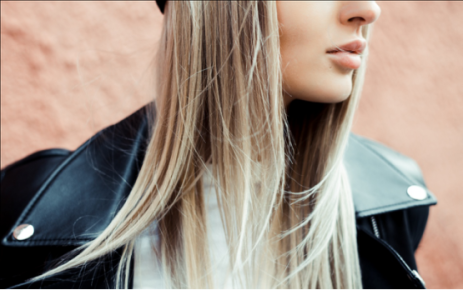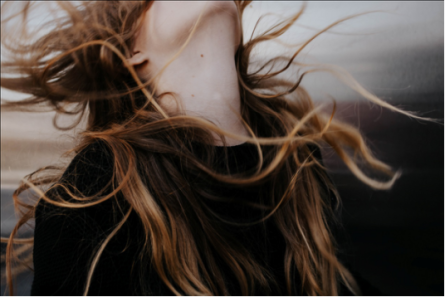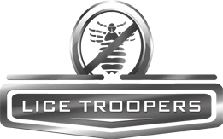
Unless it’s a chronic condition, itching on your scalp can only mean one of the two things—you either have dandruff or head lice.
Lice are easy to confuse with dandruff because they both start with the same symptoms. But it’s pertinent to distinguish one from the other so that the right course of treatment can be adopted to overcome the itching.
Let’s take a look at some of the ways through which you can differentiate between head lice and dandruff.
Lice or dandruff?
Dandruff is a skin condition that causes the top layer of the skin to shed quickly. Also known as seborrheic dermatitis, the shedding process of dandruff entails dry, flaky, and itchy scalp that becomes noticeable once it falls off the hair and sticks to the clothes.
On the other hand, lice are parasites that live on the scalp and require human blood and the warmth of the human scalp to survive.
Let’s take a look at some of their symptoms.
Symptoms of lice and dandruff

Apart from an itchy scalp, those who have mild dandruff experience flaky skin on the scalp that’s either very oily or very dry. There are white-yellow flakes on the clothes as well as on the shoulders. Red patches may appear on the scalp, and the symptoms worsen during dry weather and winters.
On the other hand, lice infestations cause an intense itching on the scalp along with red or bloody spots on the scalp from scratching. The formation of lymph nodes and nits are also symptoms of a lice infestation.
Primary differences between head lice and dandruff
Let’s take a look at some of the other basic differences between head lice and dandruff.
Location
Lice are animate creatures that lay eggs in the form of nits on your scalp. On the other hand, dandruff is dead skin that has become flaky. The two look similar but close inspection reveals that nits stick firmly to the strands of hair on the scalp whereas, dandruff is visible on the scalp itself and easily slides off the strands of hair.
Contagion and harm
Even though approximately 50 million Americans have dandruff, it’s not a contagious skin condition. In contrast to that, lice spread easily from one person to another, predominantly by head-to-head contact and sharing personal belongings with a person who has a live lice infestation.
Other than that, lice can cause bacterial infections if a person scratches their scalp hard, opening up a wound on it. Lymph nodes can also form on the neck and behind the ears during lice infestations, which don’t occur emerge dandruff.
Itching
Itching is caused due to the presence of both dandruff and lice; however, dandruff tends to irritate the scalp more so than lice. In addition to that, having lice also tends to make individuals feel as if something is crawling on their scalp—this isn’t the case with dandruff.

Color
Dandruff and lice differ in color. If you hold up a microscope to the scalp, you will notice that dandruff is usually white, whereas lice are brown or black.
While dandruff can be dealt with at home, head lice can’t. Home remedies are at best anecdotal and over-the-counter treatments have proven to be increasingly inefficient.
So if you have even the slightest doubt that you have head lice, head over to Lice Troopers’ lice removal and lice treatment center in New Jersey. They make use of all-natural treatments to help you get rid of lice once and for all. Visit them today or call us at 732-806-7717 for queries!
